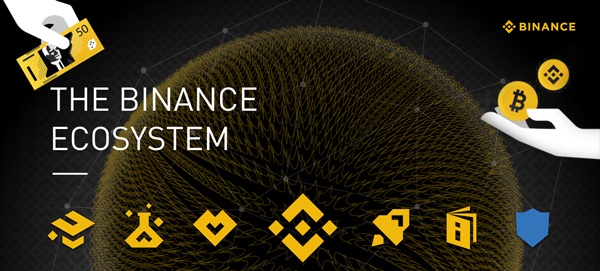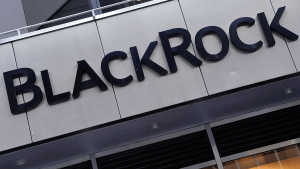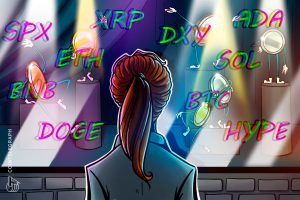Acting US FDIC head cautiously optimistic about permissioned stablecoins for payments

Acting United States Federal Deposit Insurance Corporation chairman Martin Gruenberg spoke on Oct. 20 about possible applications of stablecoins and the FDIC’s approach to banks considering engaging in crypto-asset-related activities. Although he saw no evidence of their value, Gruenberg conceded that payment stablecoins merit further consideration.
Gruenberg began his talk at the Brookings Institute with an expression of frustration seemingly common among many regulators:
“As soon as the risks of some crypto-assets come into sharper focus, either the underlying technology shifts or the use case or business model of the crypto-asset changes. New crypto-assets are regularly coming on the market with differentiated risk profiles such that superficially similar crypto-assets may pose significantly different risks.”
In light of those difficulties, the FDIC has said it is striving to gather crucial information to aid it in comprehending and eventually providing supervisory feedback on crypto assets through letters th banks are required to use to inform the agency of their crypto-related activities. Customers and insured institutions need a better understanding of how the FDIC works as well, Gruenberg noted.
Related: Crypto adoption: How FDIC insurance could bring Bitcoin to the masses
Moving on to stablecoins, Gruenberg said that although “there has been no demonstration so far of their value in terms of the broader payments system” outside of the crypto ecosystem, payment stablecoins — those “designed specifically as an instrument to satisfy the consumer and business need” for real-time payments — may merit consideration. This is in spite of the fact that their benefits largely overlap those of the non-blockchain FedNow system that is expected to premiere next year.
Gruenberg sounds skeptical that the benefits of payment stablecoins would outweight the rollout of FedNow, a real-time payment system we’re expecting the government to release in the spring. But notably, he says “there may be merit” to continued study here. pic.twitter.com/0G7GP8MoNz
— Brendan Pedersen (@BrendanPedersen) October 20, 2022
A payment stablecoin could “fundamentally alter the landscape of banking,” Gruenberg said. Most of the potential changes he saw were negative, even if there should be prudential regulation, 1:1 backing and permissioned ledger systems. Consolidation and disintermediation within the banking system (especially community banks) and credit disintermediation that could “potentially create a foundation for a new type of shadow banking” were among the risks Gruenberg identified.
Back in August, the FDIC was accused by a whistleblower of deterring banks from doing business with crypto-related companies.












